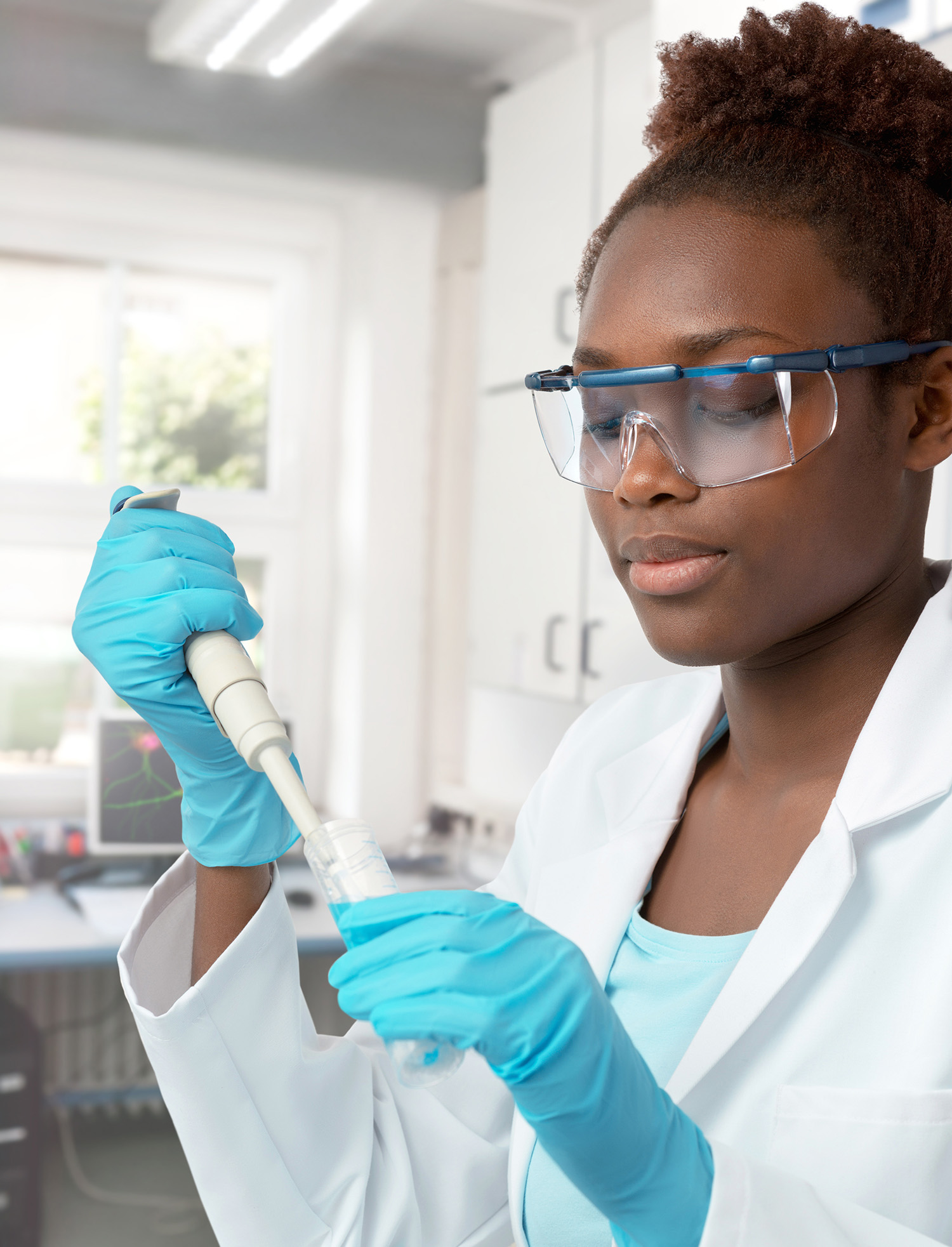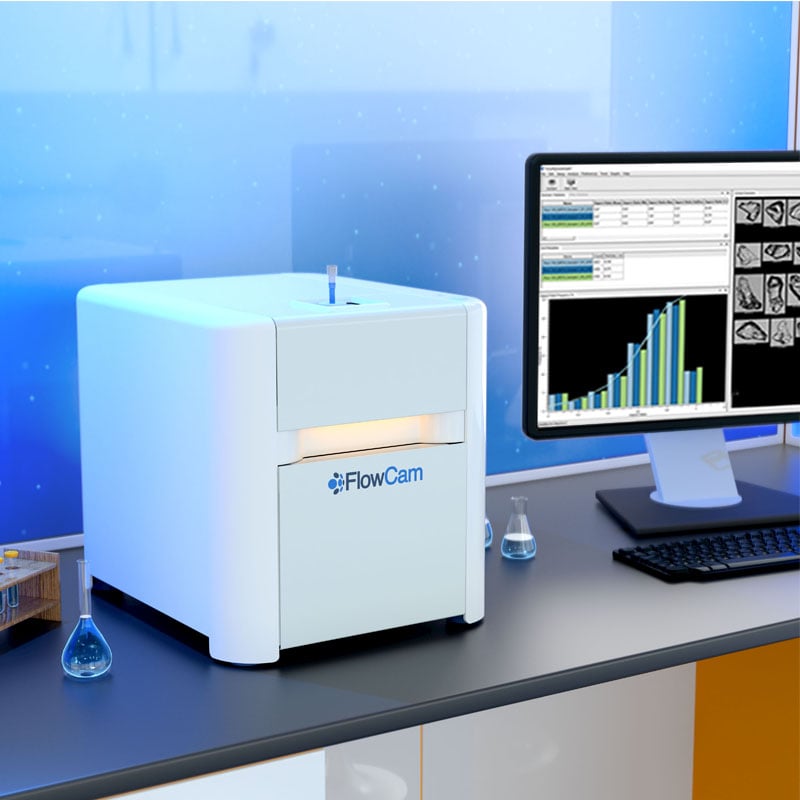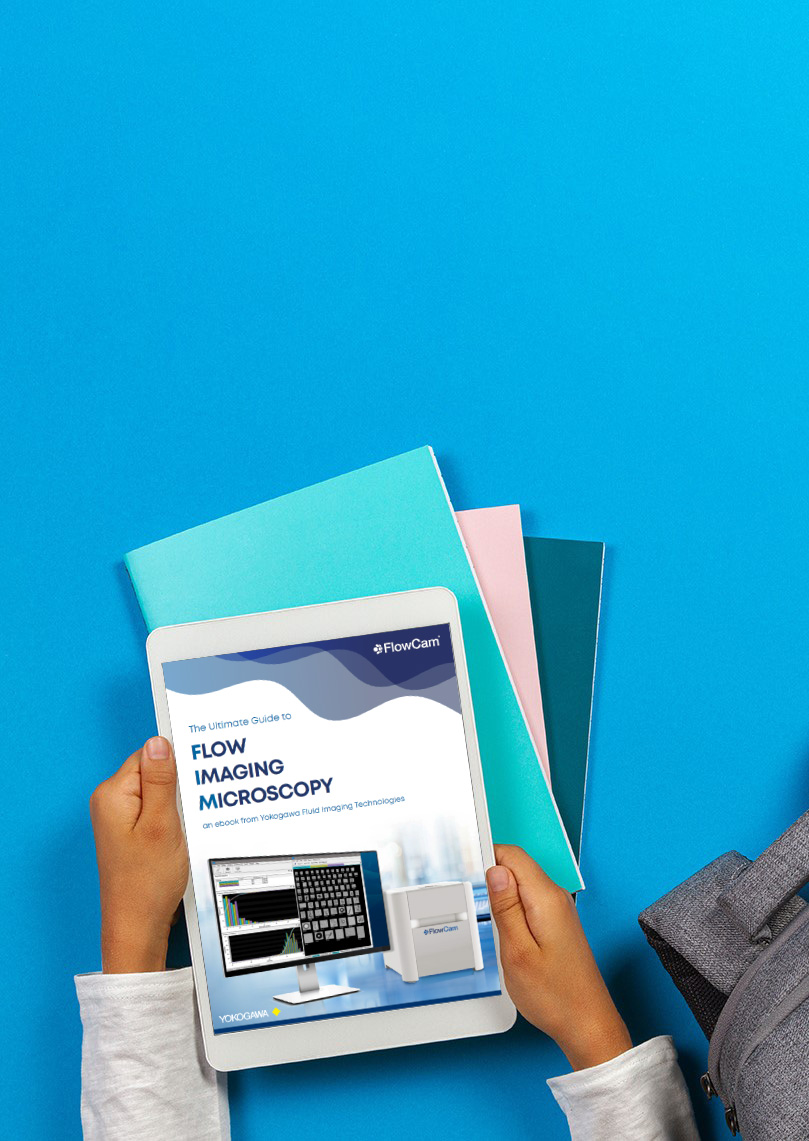
Artificial intelligence (AI) is reshaping how scientists identify and classify plankton. Across aquatic science—from environmental monitoring to …
Read Post

A new white paper from the Japan Biopharmaceutical Consortium provides compelling validation for what many in the field already suspect: flow imaging …
Read Post

Did you know we offer several handy guides to help you maximize your FlowCam experience for aquatic applications? Whether you're just starting, …
Read Post
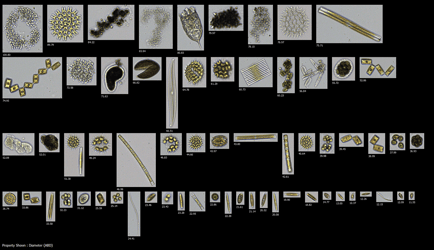
Artificial intelligence (AI) is reshaping how scientists identify and classify plankton. Across aquatic science—from environmental monitoring to …
Read Post

Why Particle Monitoring is Critical in Electronics Manufacturing Particle-free environments with strict cleanliness protocols are generally required …
Read Post
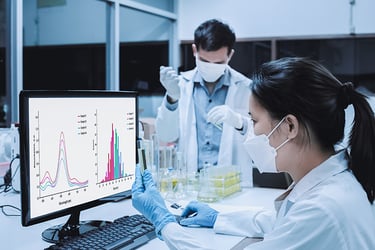
Comprehensive characterization of biotherapeutics is often challenging, given their complexity. In many cases, singular analytical methods cannot …
Read Post
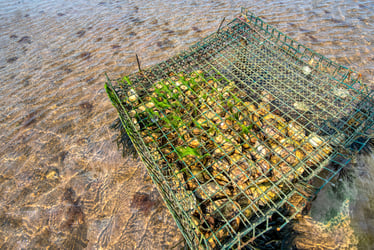
Shellfish hatcheries are the foundation of a thriving aquaculture industry. This is particularly evident at Georgia’s only hatchery, housed at the …
Read Post
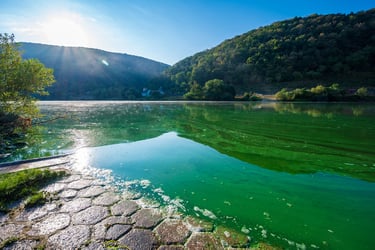
HAB season is upon us. Harmful algal blooms (HABs) are natural phenomena that seriously impact ecosystems, human health, and local economies. While …
Read Post
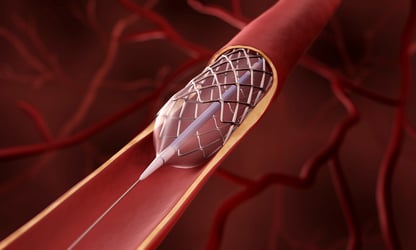
The risk of embolism, caused by particulate matter shed from medical device delivery systems, is a growing concern in the medical field. Ensuring …
Read Post

Particle characterization plays a crucial role in fields like pharmaceuticals, environmental science, and material engineering. While particle size …
Read Post
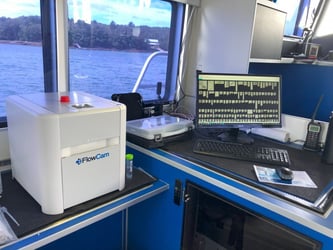
Embarking on a research cruise is an exciting yet challenging endeavor, especially when it involves using analytical instruments like the FlowCam …
Read Post
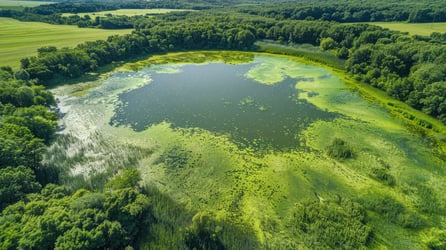
Eutrophication, a process where a body of water becomes overly enriched, is an ecological challenge that threatens the vitality of aquatic ecosystems …
Read Post
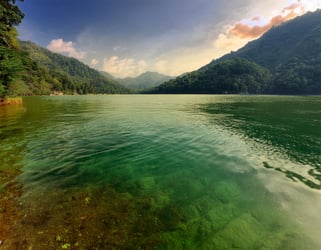
Harmful algal blooms (HABs) present a growing challenge for water resource managers, ecosystems, and communities. Identifying algae, particularly …
Read Post
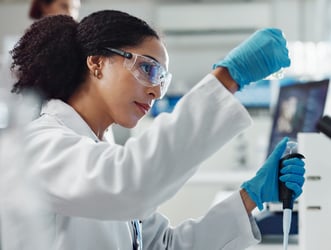
Pharmaceutical researchers face mounting pressure to track and control particles in their drug formulations throughout development. Strategies to …
Read Post
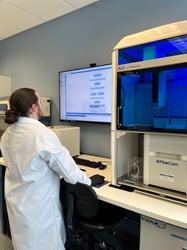
Automated Liquid Handling to Improve Your Particle Analysis Workflow In modern laboratories, automation is no longer a luxury—it’s a necessity. ALH …
Read Post
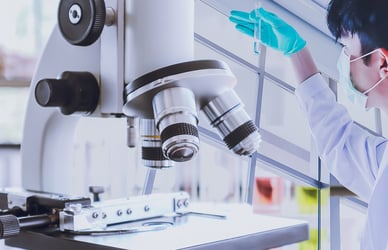
Particle size and shape analysis are critical across numerous industries, including pharmaceuticals, environmental monitoring, advanced materials, …
Read Post
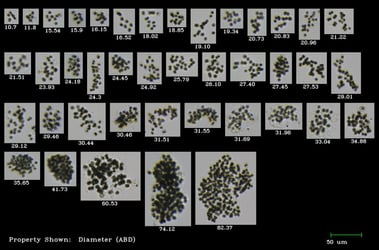
The occurrence and severity of harmful algal blooms are on the rise due to climate change. This trend necessitates the development of a reliable and …
Read Post

Explore the FlowCam Research Database Curious about how other scientists are using FlowCam in your area of research?
Read Post
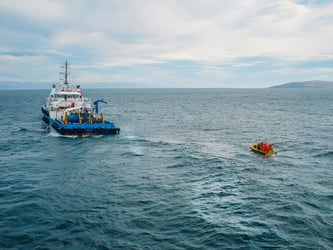
Studying Marine Zooplankton Communities with FlowCam: A Conversation with Kathryn Cook, PhD Zooplankton have fascinated scientists in the field of …
Read Post
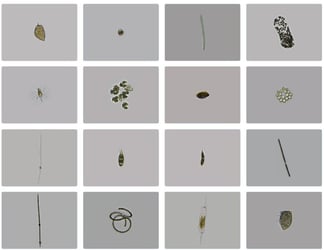
We are excited to announce our new phytoplankton identification gallery, which will assistFlowCam users working with phytoplankton in marine …
Read Post

The harmful effects of microplastic pollution on the environment and human health are a growing concern that is being addressed with recycling …
Read Post

Grown from human pluripotent stem cells (iPSCs), organoids are three-dimensional (3D) cell clusters that form miniature organ-like structures. …
Read Post

The Role of Advanced Microscopy in STEM Learning Incorporating cutting-edge technology into STEM education is crucial for preparing students for …
Read Post
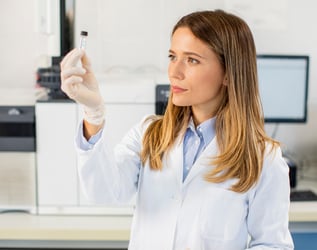
Visible particles are one of the most important sample attributes to monitor when developing and manufacturing biopharmaceuticals and other …
Read Post

Flow Imaging Microscopy (FIM) via FlowCam plays a crucial role in biotherapeutic development by providing a tool for quantifying and characterizing …
Read Post
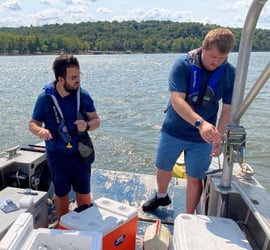
Harmful algal blooms (HABs) can have major economic impacts in waterbodies where people frequently recreate, and being able to predict HABs is …
Read Post
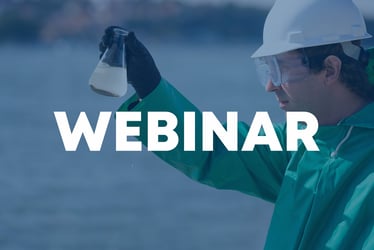
Cyanobacteria have the potential to produce harmful toxins, which can have adverse health effects on humans and animals. Monitoring tools are needed …
Read Post
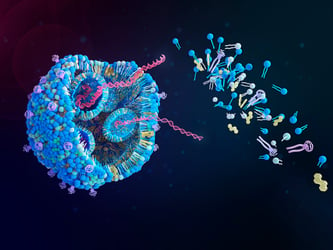
Lipid nanoparticles (LNPs) are a type of nanocarrier with immense potential, serving as a tool to deliver nucleic acids like messenger RNA (mRNA) and …
Read Post
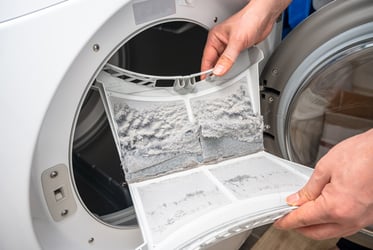
FlowCam has been used in marine and freshwater applications since its invention in 1999. Since then, it has been found to be valuable across many …
Read Post

Advanced technology redefines how water quality is measured. Flow imaging microscopy (FIM) equips public water utilities with precise tools to tackle …
Read Post
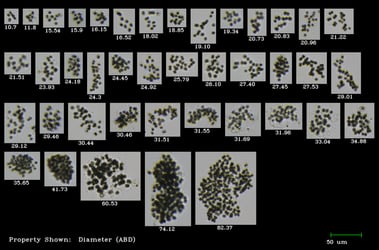
Microcystis is a genus of Cyanobacteria containing species capable of producing toxins called microcystins, which are harmful compounds that pose …
Read Post
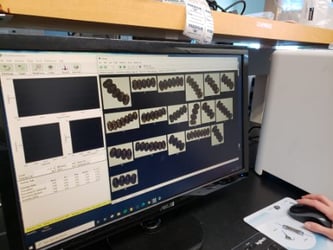
Savannah Mapes (pictured here) was a graduate student in the Reece Lab at the Virginia Institute of Marine Science (VIMS) when she was awarded the …
Read Post
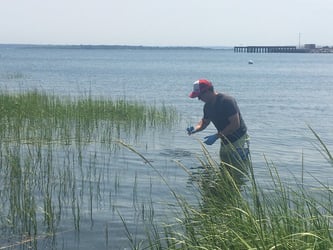
Nick Ray was awarded the FlowCam Aquatic Research Student Grant in 2016 as a member of the Fulweiler Lab at Boston University. As a PhD candidate at …
Read Post

Harmful algal blooms can have a detrimental effect on the environment and on human and animal health. As a result of climate change, water utilities …
Read Post
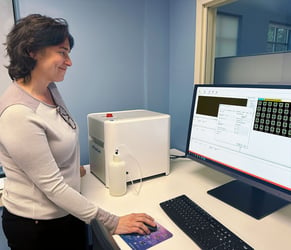
Did you know that every version of FlowCam’s VisualSpreadsheet software comes equipped with a powerful feature called File Processing Mode? This tool …
Read Post
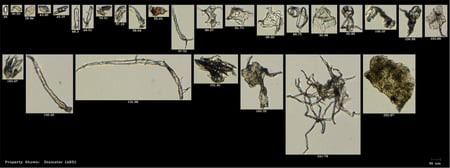
Microplastics are ubiquitous. They result from the breakdown of larger plastic waste (plastic bottles, bags, straws, glitter, fishing nets, …
Read Post

Subvisible particles (those 2-100 μm in diameter) in protein, cell, and gene therapies and other parenteral drug products pose risks to the safety …
Read Post
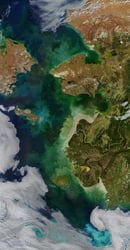
NASA Goddard Space Flight Center’s Ocean Ecology Laboratory Field Group is mapping and monitoring the world’s oceans using satellite-based ocean …
Read Post
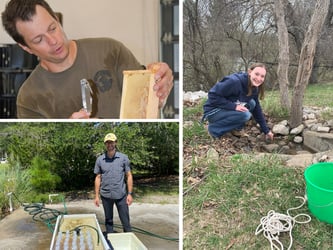
The FlowCam Aquatic Research Grant was first offered in 2011 and since then has provided students and educators with the opportunity to use flow …
Read Post
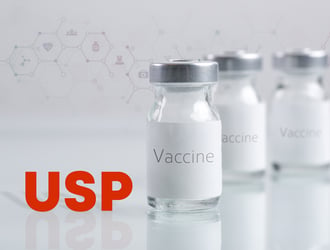
All biotherapeutics contain particulate matter, defined by the United States Pharmacopeia (USP) as mobile undissolved particles that are …
Read Post
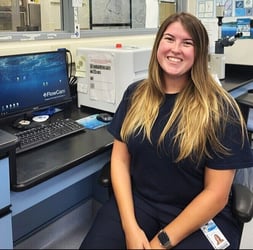
We recently hosted FlowCam customer Katharine McNaught of the PVWC to present a webinar on how she is using FlowCam to help monitor community …
Read Post
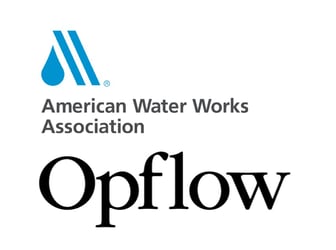
A successful HAB monitoring program should answer key questions that allow lake/reservoir managers to determine the next best course of action: What …
Read Post
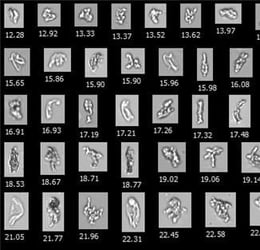
Light obscuration (LO) is the compendial method for quantifying subvisible particles (SVPs) in injectable drugs, harmonized across the US …
Read Post
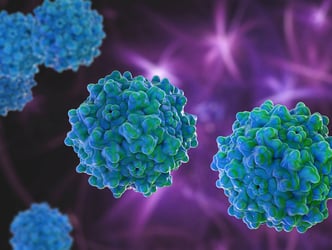
Adeno-associated viruses (AAVs) have shown promise as vectors for gene therapy due to their non-pathogenic nature and effective infectivity for a …
Read Post
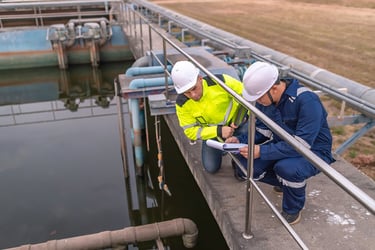
Untreated wastewater isn’t just an operational headache—it poses significant risks for businesses and the surrounding community. Foul odors from …
Read Post
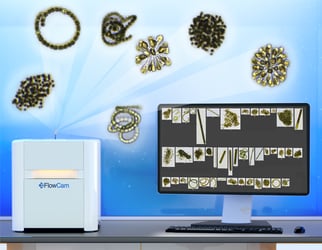
The annual Water Quality Technology Conference is always a great opportunity to meet with customers and share new research. At a recent meeting, …
Read Post
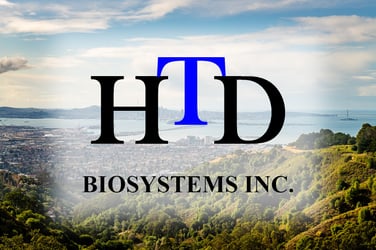
A conversation with HTD Biosystems HTD Biosystems provides services to accelerate the development of biotech drugs, liposomal drug delivery systems, …
Read Post
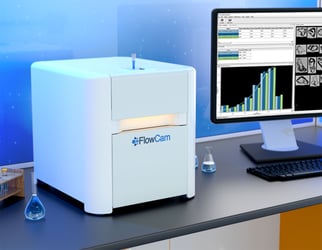
Ensuring that your FlowCam instrument uses the correctly paired accessories and the appropriate software settings for your application and particle …
Read Post
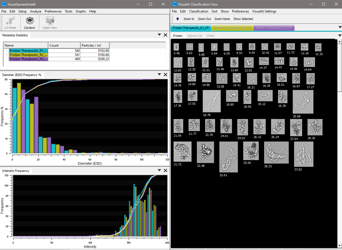
VisualAITM software for protein biotherapeutics is an add-on for VisualSpreadsheet 6 that functions as a pre-trained, AI-driven image analysis module …
Read Post
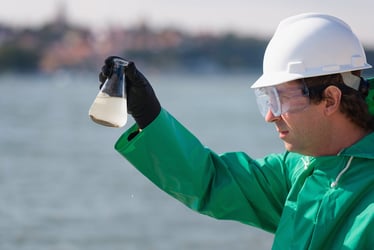
Detecting nuisance algae, specifically harmful algal blooms (HABs), in drinking water systems is a growing concern. These blooms can lead to water …
Read Post
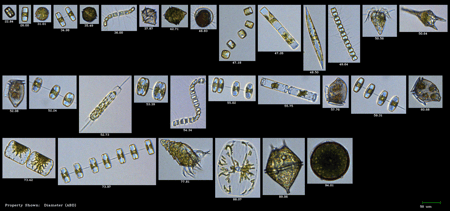
People often ask us, "What is FlowCam?" and we answer with one of the following: A flow imaging microscope An imaging particle analyzer A …
Read Post
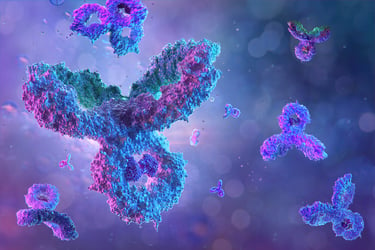
The protein aggregate content in protein therapies and other biological drug products is often a critical quality attribute that must be monitored. …
Read Post

Every summer since 2015 scientists from around the country have come to Bigelow Laboratory for Ocean Sciences in East Boothbay, Maine to be trained …
Read Post
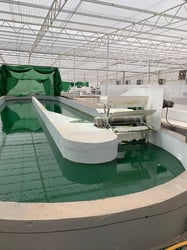
This week, FlowCam Applications Scientist Kay Johnson visited the Canary Islands to train a new team of FlowCam users at ITC (Instituto Tecnólogico …
Read Post
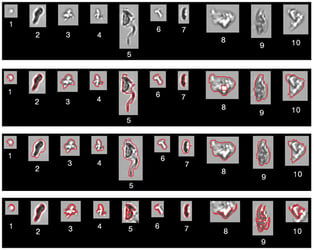
Scientists using FlowCam in biopharmaceutical research need to accurately assess many diverse particle types that may be present in their samples. …
Read Post

FlowCam Brings Automation to Shellfish Research Hatcheries Nestled ashore at Black Duck Cove on Great Wass Island, the Downeast Institute for Applied …
Read Post
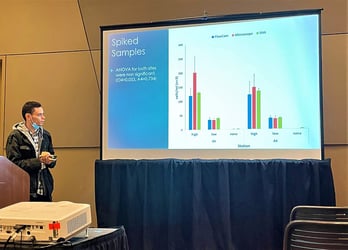
The FlowCam Student Equipment Grant has helped many graduate students complete their research. Beyond being awarded the use of a FlowCam instrument, …
Read Post

We recently spoke with Dr. Adam Hawkins, a Postdoctoral Fellow at the Frederick Smith School of Chemical and Biomolecular Engineering at Cornell …
Read Post
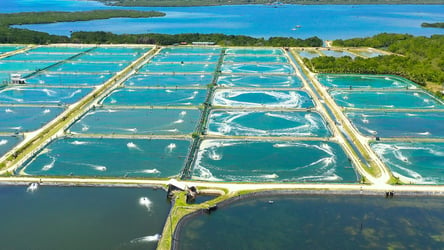
Aquaculture ponds are crucial for sustainable fish farming, providing controlled environments to enhance fish growth, maintain water quality, and …
Read Post
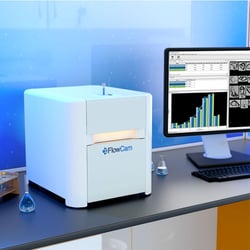
Flow Imaging Microscopy is a fast and automated method to see highly-resolved digital images of microscopic particles in a flowing liquid. Using …
Read Post

Cruising from station to station in the quiet mouth of the Damariscotta River, zooplankton ecologists at the Bigelow Laboratory for Ocean Sciences …
Read Post

We recently connected with Ben Peierls, Research Director, and Maggie Welch, Staff Limnologistat Lakes Environmental Association in Bridgton, …
Read Post
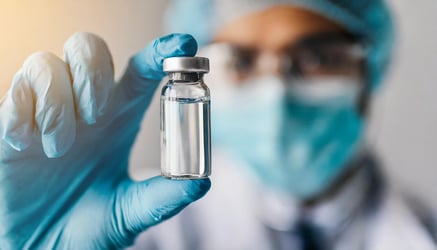
Protein aggregates in protein therapies can be difficult to monitor and measure in protein formulations due to their high transparency and irregular …
Read Post
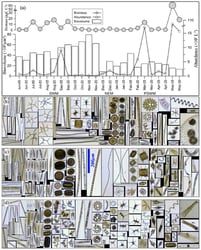
Researchers Karnan et al. have recently published the results of a study performed from 2013-14 in Estuarine, Coastal and Shelf Science. Their paper, …
Read Post

Strategies for monitoring subvisible particles in biopharmaceutical formulations are central to developing and manufacturing safe, effective drug …
Read Post
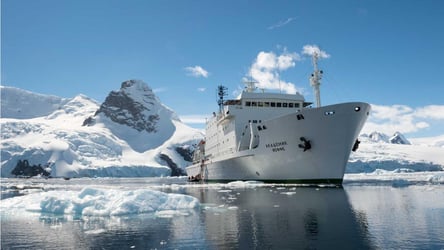
One Ocean Expeditions' vessel, Akademik Loffe, took FlowCam on a 22 day cruise with a team of scientists, students, and a film crew to study the …
Read Post
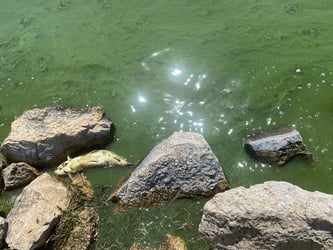
What better location for a meeting of limnologists than a city sandwiched between two lakes: Madison, Wisconsin. Madison was the perfect backdrop for …
Read Post
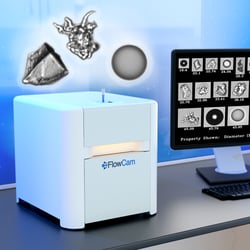
Light obscuration (LO) is currently the compendial method for quantifying subvisible particles equal to or greater than 10 µm and 25 µm in biologic …
Read Post
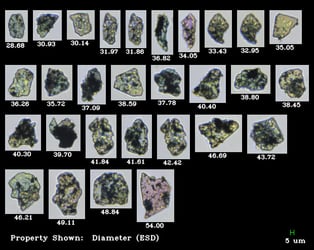
We talk a lot about FlowCam for biopharmaceutical and aquatic applications. The high-quality images resulting in detailed morphologic data are …
Read Post
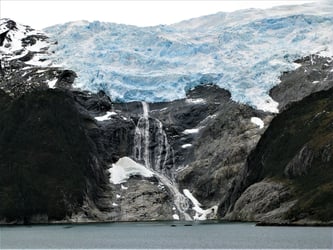
FlowCam user Jochen Wollschläger, from the University of Oldenburg in Germany, shared insights from his research expedition aboard the RV METEOR …
Read Post
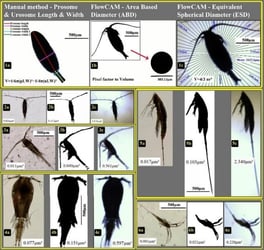
Why is FlowCam's Area-Based Diameter (ABD) More Accurate than Manual Microscopy When Measuring the Biovolume of Copepods? Aquatic scientists have …
Read Post
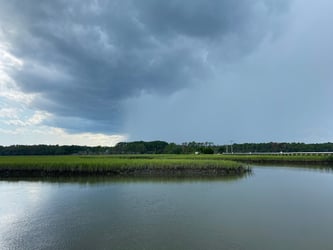
A storm is brewing off the coast of South Carolina.
Read Post
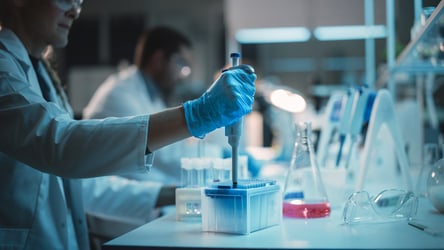
Assessing subvisible particle content is a required quality control step for biotherapeutics and other parenteral drug products. The United States …
Read Post
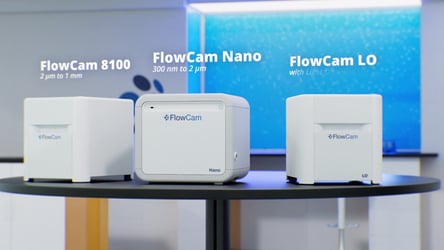
Strategies for monitoring particles in biopharmaceutical formulations are essential in the development and manufacturing of safe, effective drug …
Read Post

7 Lakes Alliance is a conservation organization with a mission to safeguard the Belgrade Lakes Region by preserving clean water, protecting local …
Read Post
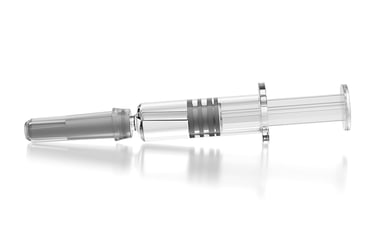
Silicone oil droplets are a common particle type found in protein-based biotherapeutics, often seen in products packaged as prefilled syringes. …
Read Post

Whether monitoring for harmful algae blooms (HABs), assessing the food supply for filter-feeding bivalves, or determining the health and viability of …
Read Post

All types of biotherapeutics, ranging from protein therapies to cell and gene therapies, contain particles. While the types of particles can vary …
Read Post

From the time of Arthurian legends, fantasy novels like Harry Potter, and across the galaxies of the Klingon empire, cloaking technology has …
Read Post
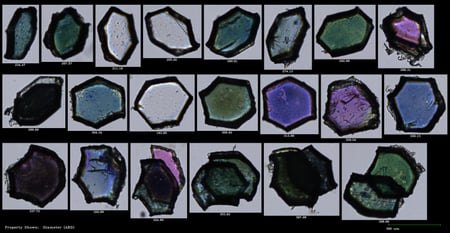
Ever wonder if you could use your FlowCam to study microplastics? The state of California thinks you can! In its 2021 Draft Microplastics in Drinking …
Read Post
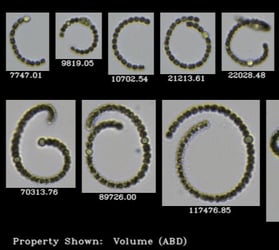
Flow imaging microscopy (FIM) is a cutting-edge technology that combines the benefits of flow cytometry and microscopy to analyze and identify …
Read Post

"Versatility, ease of use, and student engagement" are among the chief reasons undergraduate programs choose FlowCam. Our team works with …
Read Post
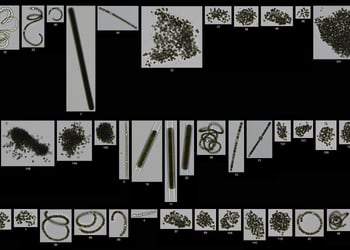
Our ability to predict and prevent harmful algal blooms is directly related to our ability to research and understand cyanobacteria. Numerous studies …
Read Post

Aker BioMarine (ABM) is a diverse company that operates at the convergence of biotechnology, fishing, marine research, and krill harvesting. This …
Read Post

Animal testing for every new drug development protocol has been a requirement since the original 1938 passing of the US Federal Food, Drug, and …
Read Post
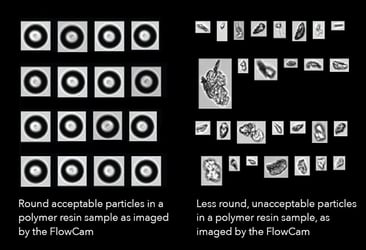
High-performance liquid chromatography (HPLC) is a sophisticated and widely utilized technique in the field of analytical chemistry. It is …
Read Post
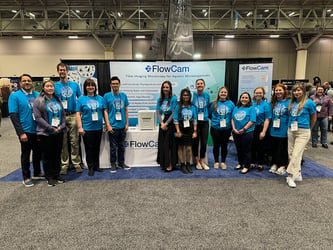
The FlowCam team had an excellent time in New Orleans for ASLO’s Ocean Sciences Meeting (OSM) last month! In case you missed it—or just want to …
Read Post
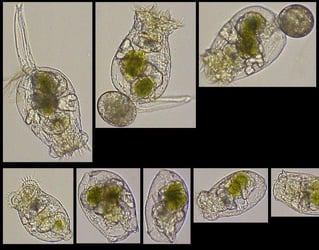
Research suggests that microalgal-based biofuels offer a promising alternative to fossil fuels, providing significant environmental benefits such as …
Read Post
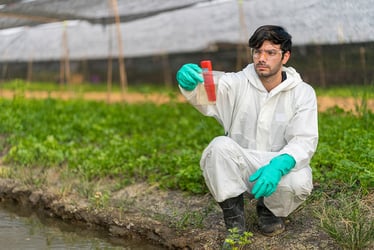
Flow imaging microscopy (FIM) offers a new perspective on environmental particle analysis. With high-quality digital images, FlowCam, a flow imaging …
Read Post
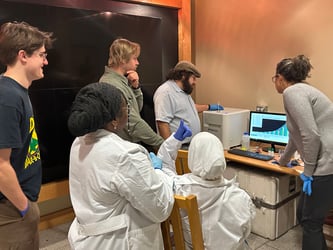
FlowCam applications are wide-ranging, from aquatic systems monitoring and marine organism research to cell therapy development and advanced …
Read Post

Recent studies have shown that knowing the actual length and width of particles in chemical formulations can be of critical importance to product …
Read Post

In January, Savannah Judge and I attended the Northeast Aquaculture Conference & Expo and the Milford Aquaculture Seminar (NACE/MAS) meeting in …
Read Post

We recently presented a webinar version of a popular FlowCam workshop presented at 2023's ICHA conference (International Conference on Harmful Algae) …
Read Post
Particulates are ubiquitous in parenteral drug products and remain a concern throughout their development and production. These particles must be …
Read Post
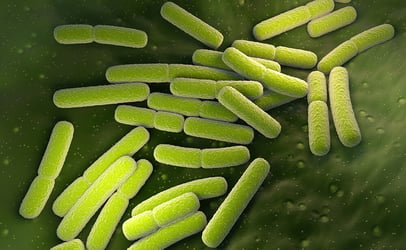
One of the main values of using flow imaging microscopy (FIM) when analyzing pharmaceuticals is the method's sensitivity to transparent particles. …
Read Post
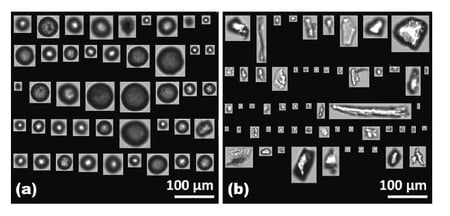
Two recently published research studies from Ewha Womans University in Seoul, Korea, hold significance due to their exploration of FlowCam's …
Read Post
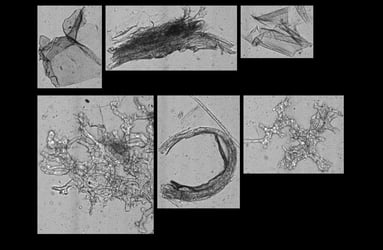
Ingredients play a pivotal role in every aspect of the food and beverage industry, from the initial stages of product development to the final …
Read Post
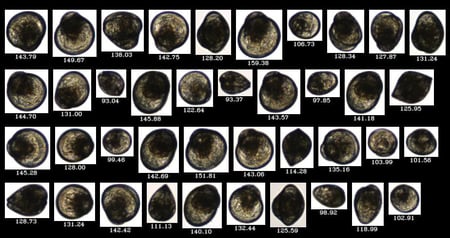
Flow imaging microscopy (FIM) is a well-established technique for studying phytoplankton and other marine organisms. Thanks to its wide particle size …
Read Post
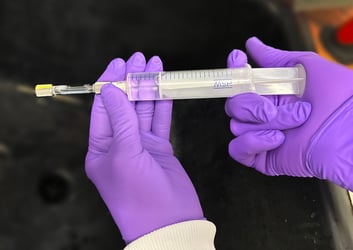
Your FlowCam and and accompanying hardware are built to last. Our new technical note describes how you can keep your field-of-view (FOV) flow cell …
Read Post

Situated on the picturesque Gulf Coast of Florida, Eckerd College boasts one of the nation's most esteemed undergraduate marine science programs. …
Read Post
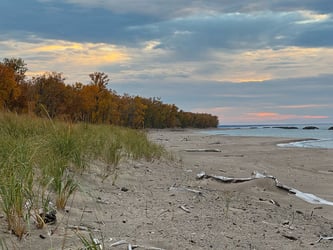
The annual North American Lake Management Society Conference (NALMS) is a meeting held near and dear by the attendees who make the trip to visit …
Read Post
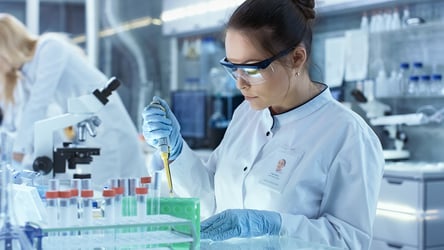
Optimizing FlowCam context settings and instrument parameters used during particle analysis is an important step in developing a protocol for …
Read Post
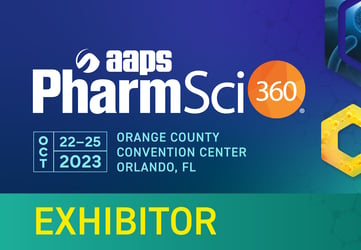
Beginning October 22nd, the American Association of Pharmaceutical Scientists (AAPS) will welcome attendees to PharmSci 360 - an annual gathering of …
Read Post

Effective strategies for monitoring particles in biotherapeutics are critical to meet regulatory requirements like USP <788> and mitigate the …
Read Post

Agitation during transportation is one of the most ubiquitous stress conditions to which therapeutic protein formulations and other biotherapeutic …
Read Post
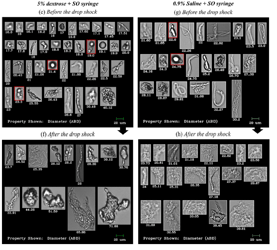
Protein aggregation is a major concern for biopharmaceuticals in post-production. Subvisible particles that form due to routine handling compromise …
Read Post
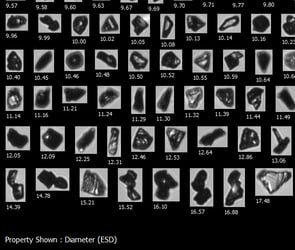
Superabrasives, such as micronized diamonds and cubic boron nitride (CBN), are used extensively in applications for cutting, grinding, and drilling …
Read Post
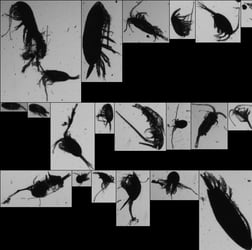
In this paper, Kathryn Cook and colleagues at the University of Exeter used FlowCam to study how the daily migration patterns of zooplankton …
Read Post

A central challenge with particle analysis in biotherapeutics is the wide size range of particles that may be present. Particles in these samples can …
Read Post
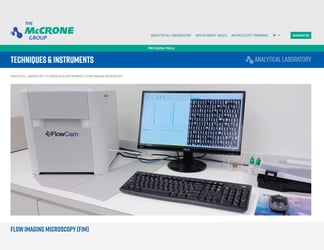
McCrone Associates recently added a new analytical capability to their suite of lab instruments with FlowCam 8000. With this addition, they are now …
Read Post
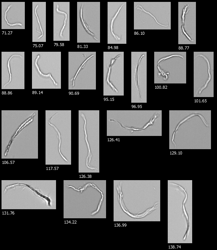
Fiber geometry plays a critical role in the performance of fibers across a wide range of applications. Key shape factors that influence fiber …
Read Post

Flow Imaging Microscopy (FIM) is finding its pulse in human health applications through our collaboration with the MaineHealth Institute for Research …
Read Post
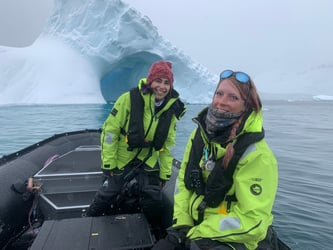
Documenting ecological changes in Antarctica is extremely important, as the continent is experiencing some of the fastest rates of warming on the …
Read Post

In March we attended the National Shellfisheries Association (NSA) meeting in Baltimore, Maryland. This annual meeting brings together scientists and …
Read Post
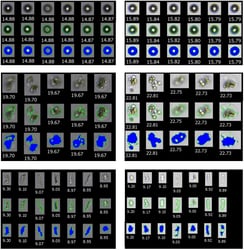
In flow imaging microscopy with FlowCam, background intensity is an important factor to consider for image segmentation and overall particle …
Read Post

From nutritional supplements to biopolymer materials to epicurean delicacies, kelp is growing in popularity and finding its place in Maine's evolving …
Read Post
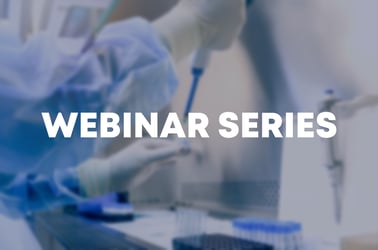
Monitoring particles in biotherapeutics during manufacturing is critical to ensure product quality and to meet regulatory requirements on particle …
Read Post

Microalgae present a viable alternative to crude oil for the production of renewable fuels suitable for land, marine, and air transportation. This is …
Read Post
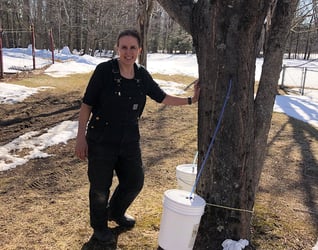
Nothing taps the start of spring in Maine more than Maple Sunday Weekend! Making yummy maple syrup from fresh tree sap water is a centuries-old …
Read Post
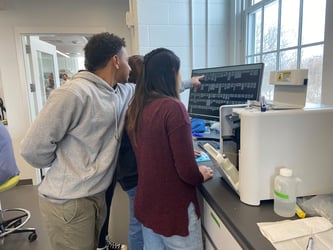
“Is it automatically taking pictures of our sample?” “Can we sort our data by size?” “Will it help me find similar-looking images?”
Read Post
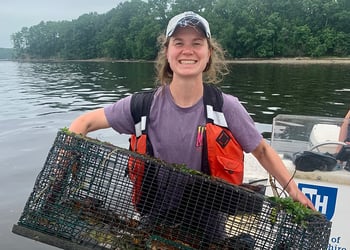
We recently connected with Kelsey Meyer, the recipient of the 2022-23 FlowCam Aquatic Research Grant for Graduate Students. Kelsey is a Ph.D. …
Read Post
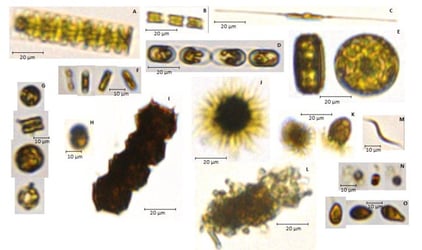
Turbulence plays a key role in the mixing of lakes, seas, and oceans and inspired the subject of Dr. Russell Arnott's Ph.D. dissertation. With little …
Read Post

Using FlowCam to image MOO-ving particles? …you’re on the right tract! Corralling food through a cow’s digestive system is no small task, yet the …
Read Post

Transferring live cells and genetic material directly into a patient is a treatment strategy seeing unprecedented FDA approval rates. There is now a …
Read Post

Green Noctiluca scintillans, or gNoctiluca, is one of the fastest biogeographically spreading marine planktonic organisms in the world's oceans and …
Read Post
In order to gain the most comprehensive understanding of particles in their samples, researchers often employ several instruments as part of their …
Read Post

The Skidaway Institute of Oceanography, an internationally renowned marine science research institute located on the northern end of Skidaway Island …
Read Post

While most imaging particle analyzers are equipped with black and white (monochrome) cameras for image acquisition, FlowCam 8100 instruments offer a …
Read Post
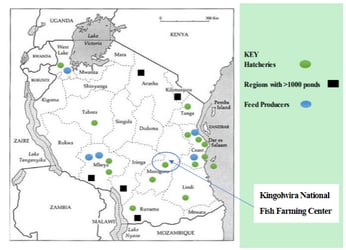
Freshwater aquaculture is gradually becoming common practice in sub-Saharan Africa. Rural farmers raise fish in ponds for subsistence, to boost their …
Read Post
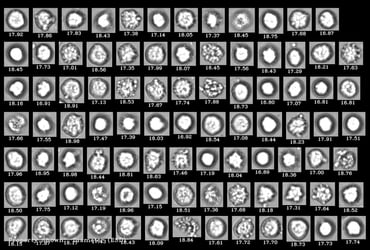
Cell-based medicinal products (CBMPs) or cell therapies, offer promising opportunities for treating diseases with previously limited or no …
Read Post

Carbon sequestration refers to the capture, removal, and storage of carbon dioxide (CO2) from the atmosphere. It is a key process in stabilizing …
Read Post
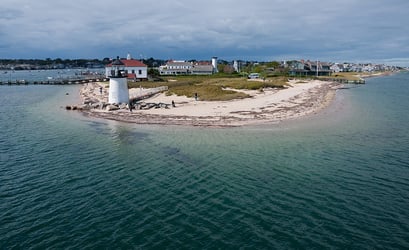
Excessive nutrients in Nantucket’s harbors cause several negative impacts on existing habitats. These impacts include eelgrass loss, decreased …
Read Post
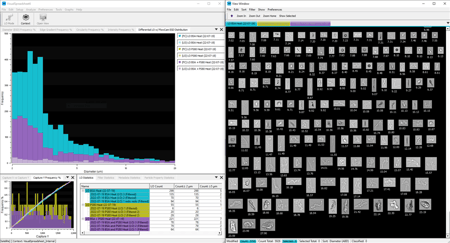
The optical properties of a particle can influence how flow imaging microscopy (FIM) instruments, like FlowCam, differentiate particles from the …
Read Post

The Alexander Laskin Research Group at Purdue University is a "multi-disciplinary experimental group with research interests in the areas of …
Read Post
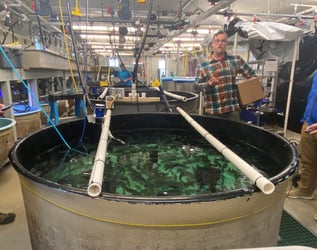
In April of 2022, we brought FlowCam to NACE, the Northeast Aquaculture Conference and Exhibition, in Portland, Maine, a stone's throw from our …
Read Post
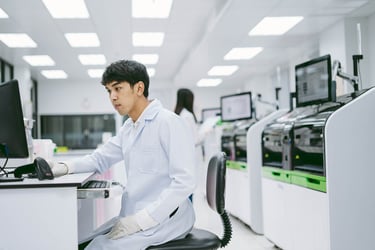
Particle analysis is a critical but often tedious task for researchers in analytical laboratories. Data collection is not only time-consuming but can …
Read Post
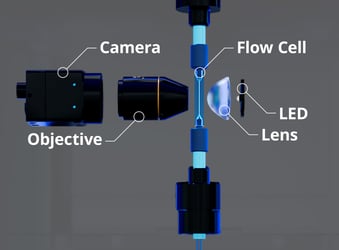
FlowCam 8000 series instruments provide count and concentration data for a wide variety of fluid samples. Relative counts can be compared reliably …
Read Post
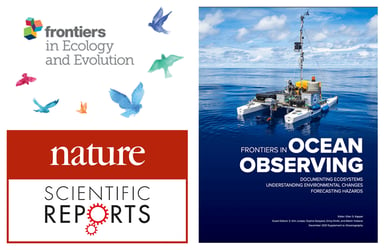
Scientists from around the world have been using FlowCam for over 20 years to better understand the ecosystems in our lakes, rivers, and oceans. As …
Read Post
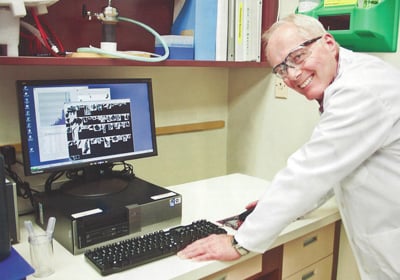
Particles come in many shapes and sizes. Analyzing particles in food ingredients and correctly characterizing them is important because they can …
Read Post

Subvisible particles in biotherapeutics are essential quality indicators due to their implications for regulatory compliance and potential safety …
Read Post
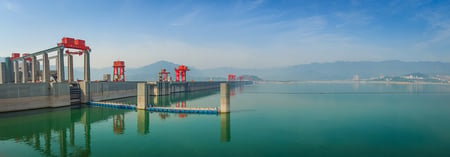
Zooplankton are an essential part of the aquatic food web. They are the thread that connects the primary producers (phytoplankton) to high trophic …
Read Post
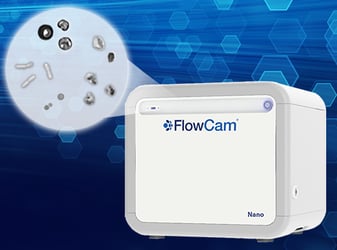
Particles are ubiquitous in biotherapeutics and can drastically impact the efficacy of a given drug. Therefore, characterizing them is a critical …
Read Post

In microscope systems, the numerical aperture and the wavelength of the light determine how highly-resolved the images will be (in the case of …
Read Post
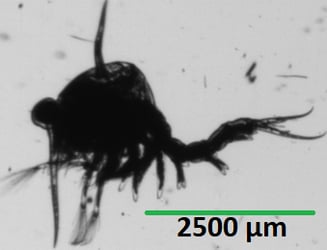
The recently launched FlowCam Nano extends well-established flow imaging microscopy technology for subvisible particle analysis into the submicron …
Read Post
.png?width=450&height=250&name=Nano%20Mixture%20(Medium).png)
Many new types of biotherapeutic Active Pharmaceutical Ingredients (API) such as viruses, nanomedicines including virus-like particles and lipid …
Read Post
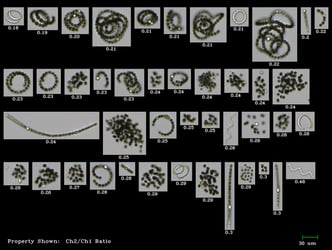
This past summer in June, The Gaffney Board of Public Works (GBPW), in South Carolina, issued a water quality advisement and posted signs around Lake …
Read Post
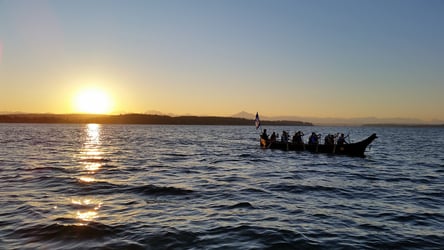
The Confederated Tribes of Coos, Lower Umpqua, and Siuslaw Indians (CTCLUSI) have received long-awaited funding to purchase a FlowCam Cyano …
Read Post
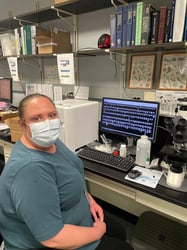
Austin Water, the City of Austin, Texas' water utility, recently purchased a FlowCam Cyano instrument. Austin Water first learned about the …
Read Post
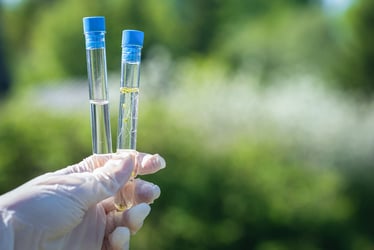
Aquatic scientists often need to store natural samples for a period of time before processing them using FlowCam. There are multiple preservatives …
Read Post
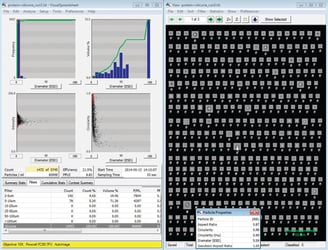
Pharmaceutical and biopharmaceutical laboratories require rigid characterization of the particulate matter in injectable therapeutics. FlowCam …
Read Post
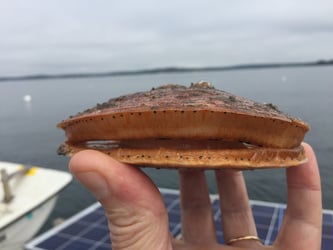
Earlier this month, Harry Nelson and I transported a FlowCam by ferry to the Hurricane Island Center for Science & Leadership. This beautiful …
Read Post

In a recent paper discussing particle counting and analytical techniques, the number and type of particles present in intravitreal injection …
Read Post
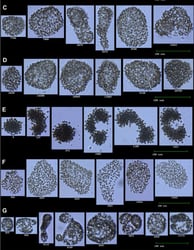
The FlowCam was recently used by a team led by Natasha Barteneva of Nazarbayev University to develop a method for the classification of Microcystis …
Read Post
Silicone oil has long been used in the pharmaceutical industry as a lubricant for syringes. It serves to reduce the force necessary to depress the …
Read Post
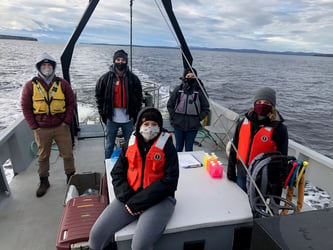
The FlowCam Student Equipment Grant program has a new category specifically for undergraduate institutions. The recipients of this inaugural …
Read Post
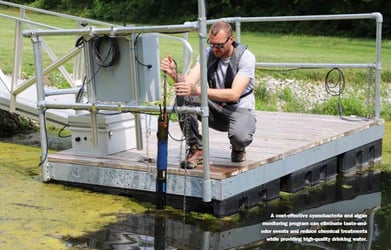
The cost of monitoring equipment for proactive algae monitoring for water utilities can seem daunting and funding is not always attainable. But …
Read Post
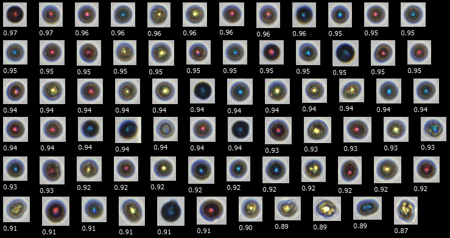
The uniformity of printer toner particles affects the distribution of charge the particles hold and as a result, can affect the image quality of the …
Read Post
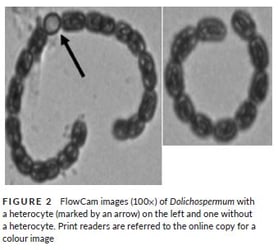
A long-term study undertaken by Chaffin et al. at Ohio State University monitored nutrient levels and phytoplankton growth in the Lake Erie central …
Read Post
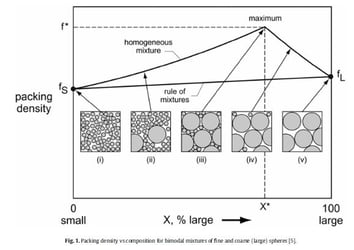
Additive Manufacturing (also known as 3-D printing) requires carefully engineered compounds in order to make high-quality end products. Authors …
Read Post

Hunting Energy Services (HES), Subsea Technologies Division, is a manufacturer of subsea hydraulic products for the oil and gas industry. Their suite …
Read Post

Pollen-based microcapsules such as hollow sporopollenin exine capsules (SECs) have emerged as excellent drug delivery and microencapsulation vehicles …
Read Post
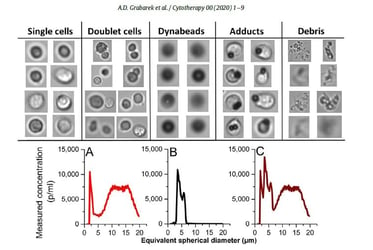
Cell-based medicinal products (CBMPs) are gaining importance as therapeutic treatments for many life-threatening diseases. This study was designed to …
Read Post
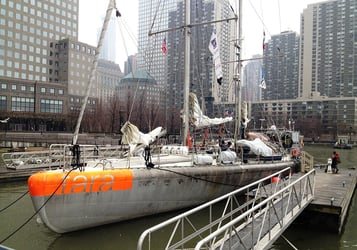
The Tara Ocean Foundation, based in France, has mounted a collective effort to study the effect of climate change on the world's oceans. Beginning in …
Read Post
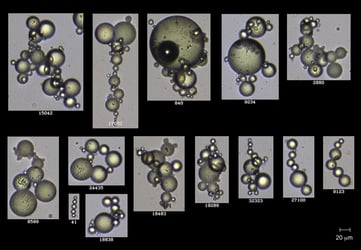
A research group at Iowa State University is studying the use of Magnetic Ionic Liquids (MILs) as a tool to isolate foodborne pathogens in liquid …
Read Post

Injectable biopharmaceuticals, particularly prefilled syringes (PFS), come with risks related to the force of injection, such as patient pain and …
Read Post
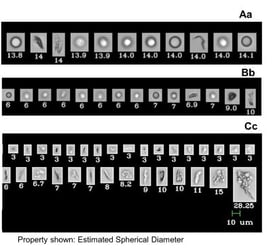
West Pharmaceutical Laboratories (Exton, PA) recently published a paper on a streamlined bioanalytical approach to determine the most appropriate …
Read Post
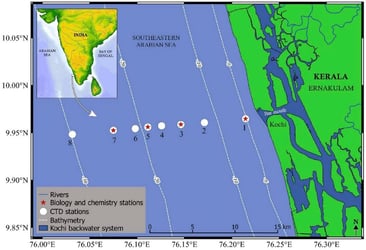
A research group with CSIR-National Institute of Oceanography in Kochi, India (https://www.nio.org/), has used the FlowCam® to provide new evidence …
Read Post

Based on proven FlowCam technology, the FlowCam Cyano automatically identifies cyanobacteria from other algae and particles in aquatic samples. Using …
Read Post
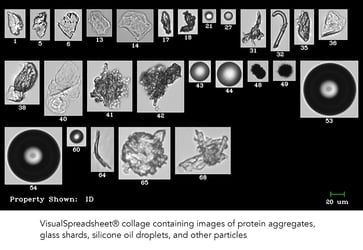
The problem of protein aggregation and the presence of extrinsic particles in biopharmaceutical formulations is not a small one. With the improvement …
Read Post
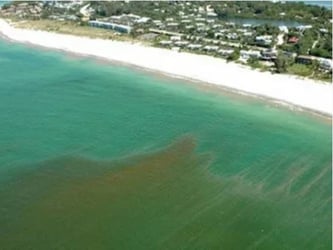
It's hard to imagine a more picturesque location from which to perform one's research than Sanibel Island, Florida. However, as can be seen in the …
Read Post
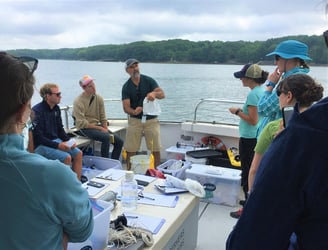
For six days every spring, Bigelow Laboratory for Ocean Sciences hosts 16 high school students (one from each Maine county) in East Boothbay, Maine, …
Read Post
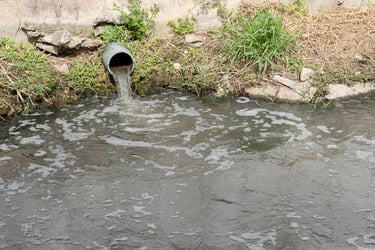
Contaminates in stormwater runoff that feed into our waterways are a leading cause of environmental pollution. Hydro International (a UK company with …
Read Post

Yesterday Heather Anne Wright and I were invited to join the Friends of Casco Bay on a mission to track down and capture samples of the algae bloom …
Read Post
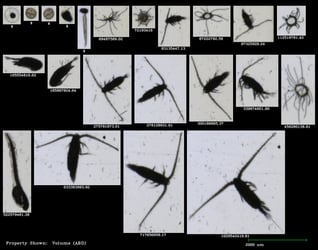
Earlier this month, Harry Nelson traveled to Kuwait to train employees of KISR (Kuwait Institute for Scientific Research) on their new FlowCam Macro, …
Read Post
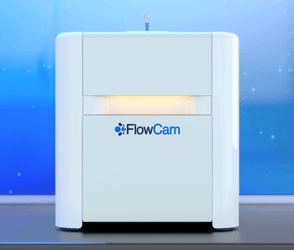
Have you ever wondered how FlowCam works, or how it compares to a traditional microscope?
Read Post
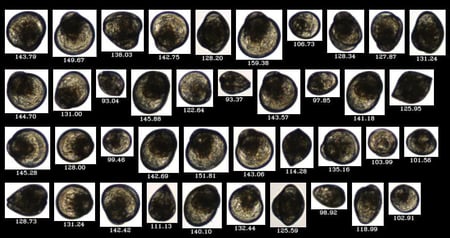
In 2018, a research study was performed by our customers, Dauphin Island Sea Lab, using oyster larvae from the Mobile Bay - Mississippi Sound system …
Read Post
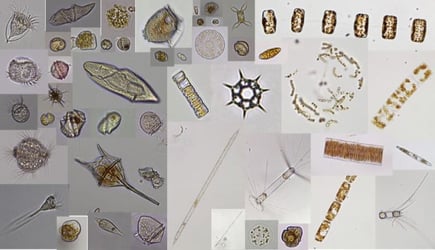
In the Austral Summer of 2018-2019 a Norwegian research group aboard the RV Kronprins Haakon, an ice-breaking polar research vessel, traveled to the …
Read Post
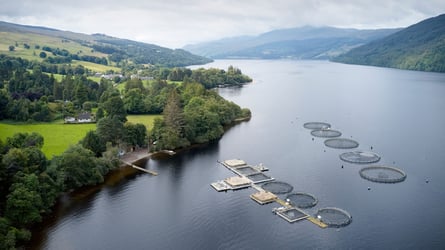
In 2016, 23 million salmon died from a harmful algal bloom (HAB) at a farm in Chile. The economic cost of that die-off is estimated to have been $800 …
Read Post
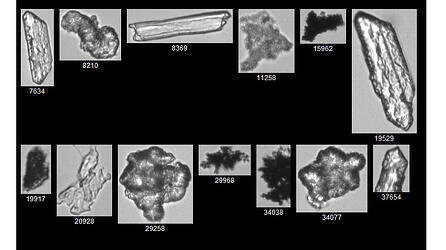
Hydraulic fluids, lubrication oils, and fuel need to be monitored for cleanliness according to standards such as ISO 4406 or NAS 1638. Optical …
Read Post
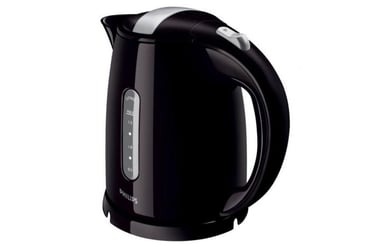
It is no secret that plastic has found its way into more and more everyday products. However, it may be surprising to learn about the sheer volume of …
Read Post
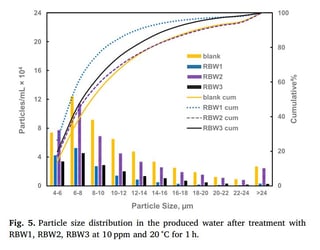
A study by Baker Hughes demonstrates how FlowCam® imaging particle analysis technology is a more informative method than spectrophotometry in …
Read Post
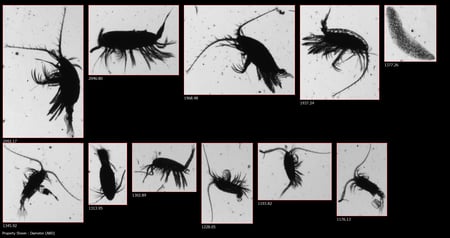
December 2018 — Can microplastics be mistaken for algae? A recent study by the University of Plymouth and the Plymouth Marine Laboratory demonstrated …
Read Post
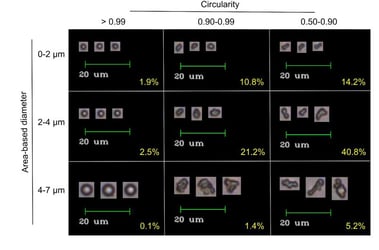
A recent study by researchers from the University of New England and University of New Hampshire has demonstrated that flow imaging microscopy is an …
Read Post
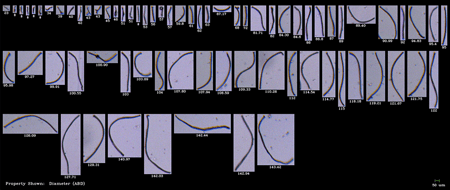
Microplastics are a ubiquitous concern for the world's oceans. Increasing demand for consumer plastics has resulted in an estimated 4.8 to 15.11 …
Read Post
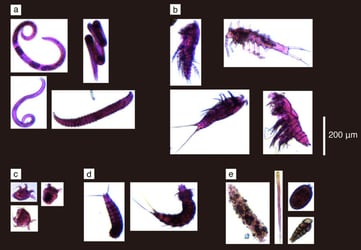
Researchers from the Japan Agency for Marine-Earth Science and Technology, and Am-Lab Inc. developed a methodology to use the FlowCam for analysis of …
Read Post

Beyond Particle Counting: Verifying Particle Identity Your current particle analyzer counts the subvisible particles in your protein therapeutic. A …
Read Post

I recently had the opportunity to speak with FlowCam users at Newport News Waterworks in the City of Newport News, Virginia. Serving over 400,000 …
Read Post

Big Bear Municipal Water District (BBMWD) is a small water utility located in Big Bear, California. BBMWD is responsible for the overall management …
Read Post
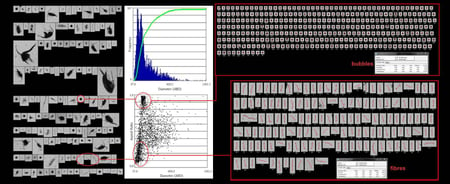
Since 1958, the Sir Alister Hardy Foundation for Ocean Science (SAHFOS) has been observing changes to the foundations of the marine ecosystem by …
Read Post
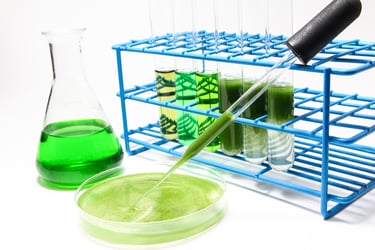
High production rates of traicylglycerol (TAG), a lipid produced in microalgae, is a desirable trait in microalgae selection and cultivation. TAG is …
Read Post
.jpg?width=450&height=250&name=Chlorella%20cultured%20CBS%2020X%20Color%202012%20(002).jpg)
Coral Jane Fung Shek was a graduate student at Johns Hopkins University when she explored the efficacy and accuracy of dynamic imaging particle …
Read Post
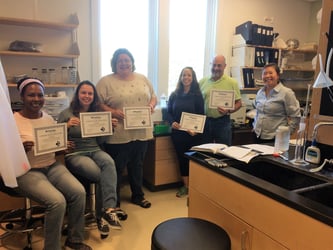
Researchers at the University of Georgia Skidaway Institute of Oceanography purchased a FlowCam as part of a $226,557 grant from the National Science …
Read Post
Omontys® – a brand name peginesatide injectable – was voluntarily withdrawn from the market less than a year after the product launch. Clinical …
Read Post

AB BioTechnologies, now Labyrinth Biopharma, is a privately held laboratory offering pharmaceutical contract services in Bloomington, Indiana. …
Read Post


